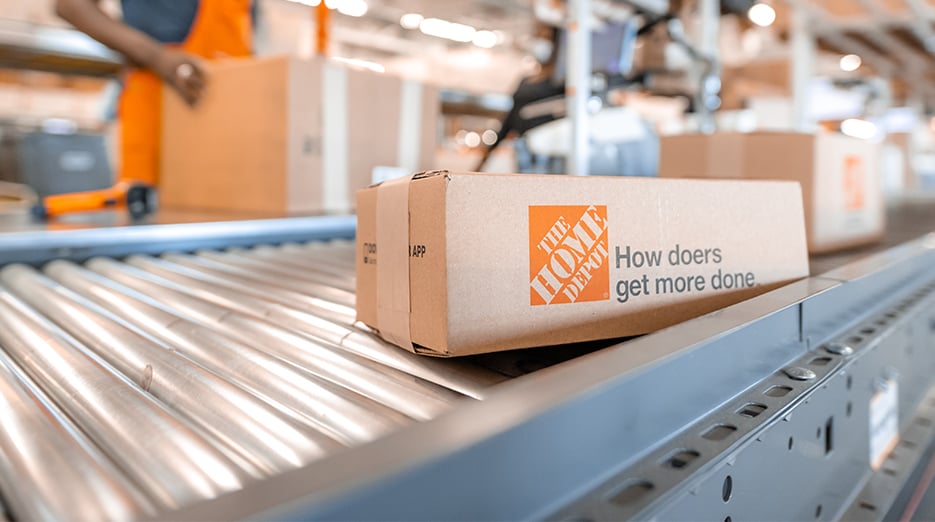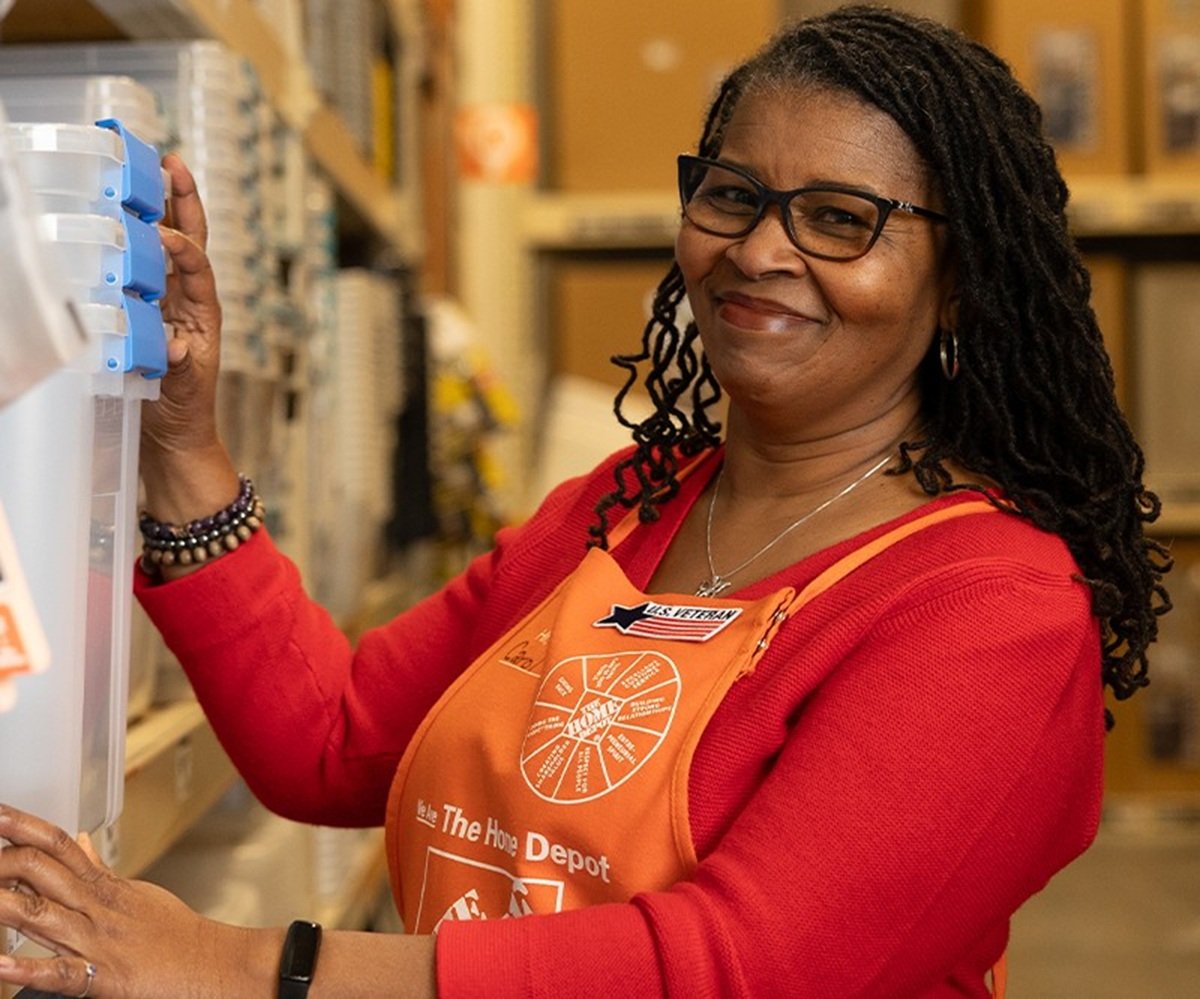Lowe's (LOW +0.77%) has a lot going for it as an investment. The company is growing at a quicker pace than most retailers, thanks to its attractive position in the booming home-improvement industry. It's also a solid choice for income investors since it packs a longer streak of annual dividend hikes than Home Depot (HD +0.93%).
Still, I wouldn't be a buyer of Lowe's stock today simply because its operating and financial results are consistently -- and dramatically -- overshadowed by those of its chief rival.

Image source: Getty Images.
Operating trends
Both companies are enjoying the type of growth that most retailers can only dream of. That's all thanks to the fact that spending in the home-improvement industry has almost doubled since hitting a financial crisis low in 2010. Today, Americans are shelling out $750 billion a year on home investments, compared to a $400 billion pace back then.
Home Depot is grabbing more than its fair share of those gains, though. Its comparable-store sales spiked by 5.6% last year, beating Lowe's 4.2% result. The same trend has carried into 2017, with Home Depot's comps up 6.3% last quarter compared to Lowe's 4.5%.
The gap between the two retailers' operations is even more dramatic with respect to profits. Home Depot is on pace to achieve a 15% profit margin by fiscal 2018 to mark a doubling since 2010. Lowe's, in contrast, hasn't posted much of an improvement on this metric, as operating margin is stuck below 10% of sales.
Finances
Lowe's has its larger rival beat on dividend consistency, given that Home Depot decided to pause its payout hikes through the worst of the housing market crash. Lowe's kept up its raises, and so it is the only home-improvement retailer that can claim membership in the exclusive club known as Dividend Aristocrats.
Yet Home Depot still seems like the better choice even if income is your main priority. The company this year announced its biggest dividend hike since 2013 and now targets returning 55% of earnings to shareholders each year by that channel. Lowe's, meanwhile, has held on to its conservative 35% payout ratio.
Lowe's can't be as generous in part because, unlike Home Depot, it has aggressive plans to expand its store footprint, which soaks up plenty of capital. But a larger part of the cash gap comes from Home Depot's stellar execution around capital allocation. CEO Craig Menear and his team make smart use of a mix of earnings and debt to repurchase shares, acquire new businesses, and invest in the operations.
That efficiency is best captured in the company's return on invested capital metric. At over 30%, Home Depot's ROIC not only trounces Lowe's 16%, but it also makes the retailer one of the most efficient businesses on the market.
Valuation
Wall Street has accounted for these differences by assigning a hefty premium to Home Depot's stock. You can purchase Lowe's shares today for less than a full year of sales, compared to a price-to-sales ratio of almost 2 for Home Depot.
It's hard to get excited about that discount, however, given the growing leverage that Home Depot enjoys over its smaller rival. In its latest quarterly earnings report, the industry leader raised its full-year sales growth guidance and confirmed plans to reach new records on profitability. Lowe's, on the other hand, reduced its profit forecast as it promised to invest more in improving its shopping experience. Given the choice between the business that's firing on all cylinders and one that's stuck shoring up its defenses, I'll take Home Depot every time.







